Everyday items you had no idea were actually invented by NASA
You don’t have to launch rockets to benefit from space tech; chances are, it’s already helping you drive, cook, or sleep better. The space program has shaped modern life in ways you may not have noticed. Let’s take a look at the everyday things that exist because someone needed them in orbit.
Better Tires
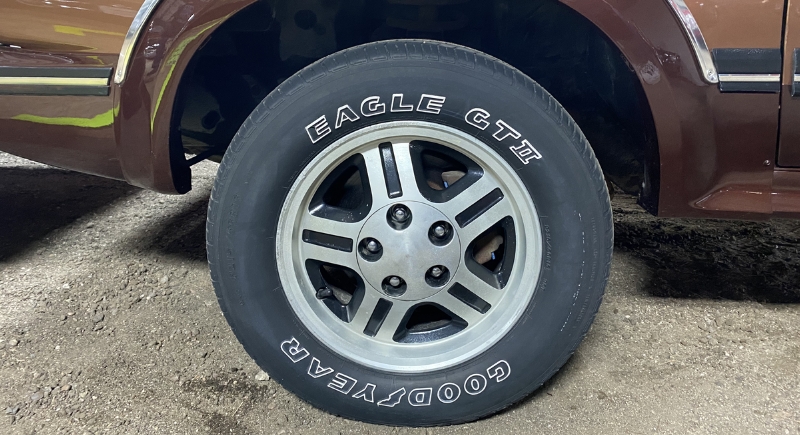
Credit: Wikimedia Commons
Back in the 1970s, NASA needed parachute shrouds strong enough to slow a Viking lander dropping onto Mars. Goodyear delivered a fiber five times stronger than steel and later slipped that same tech into radial tires. Today, it’s keeping your sedan rolling longer—up to 10,000 extra miles—without sacrificing traction, strength, or your bank account.
Grooved Road Surfaces
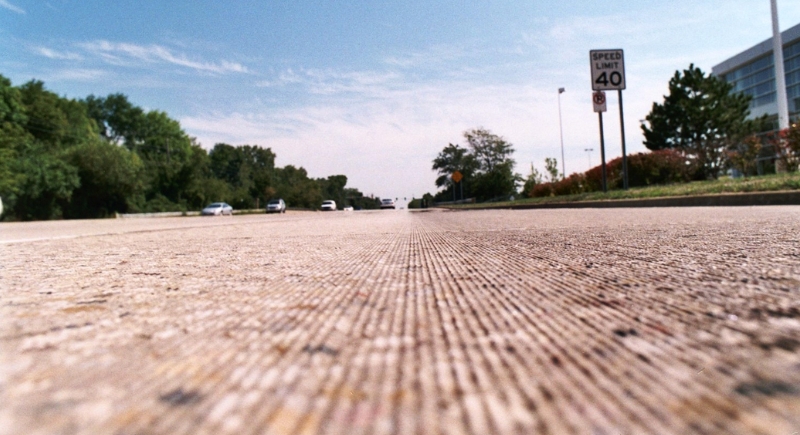
Credit: Wikimedia Commons
To keep shuttles from skidding off wet runways, NASA carved grooves into the concrete to dramatically improve traction. It worked so well that engineers applied the trick to highways. Now, every time your tires hum on grooved pavement during a rainstorm, you’re benefiting from space-age safety originally meant to save billion-dollar spacecraft.
Adjustable Smoke Detectors
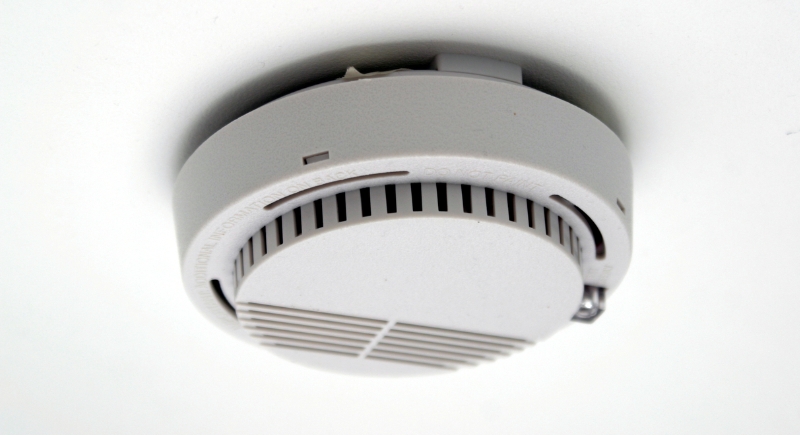
Credit: Wikimedia Commons
During the Skylab mission, astronauts needed a device sensitive enough to detect even trace smoke or toxic gases. Engineers worked with Honeywell to design the first adjustable smoke detector. That tech evolved into modern ionization and photoelectric alarms that keep homes safe from fires, even if they sometimes overreact to steamy showers.
Fireproof Paint
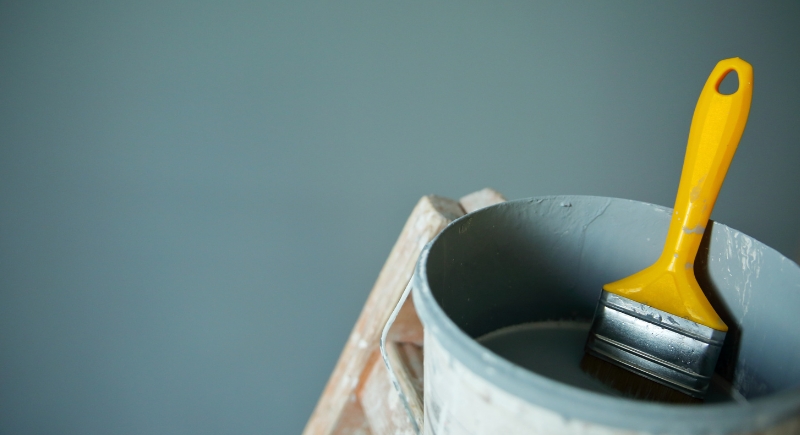
Credit: Getty Images
While following a need to shield spacecraft from blistering reentry heat, inventors created a coating that expanded into an insulating barrier when exposed to flames. That formula now protects buildings like the Golden Gate Bridge and massive statues around the world. It buys critical time during fires—up to four hours—before heat can do serious damage.
Invisible Braces
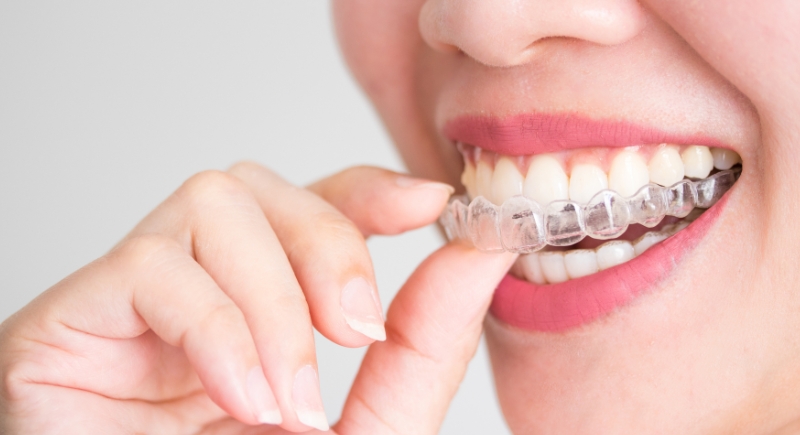
Credit: Getty Images
Originally crafted to protect missile-tracking equipment, a nearly transparent ceramic called translucent polycrystalline alumina found an unexpected use in orthodontics. By 1987, the first invisible braces hit the market. They don’t stain, don’t shatter, and don’t scream “metal mouth.”
Infrared Thermometers

Credit Aflo Images
Measuring the temperature of distant stars inspired a smarter way to check for fevers. By borrowing the exact infrared tech, a company designed a thermometer that reads thermal radiation from the eardrum.
Memory Foam
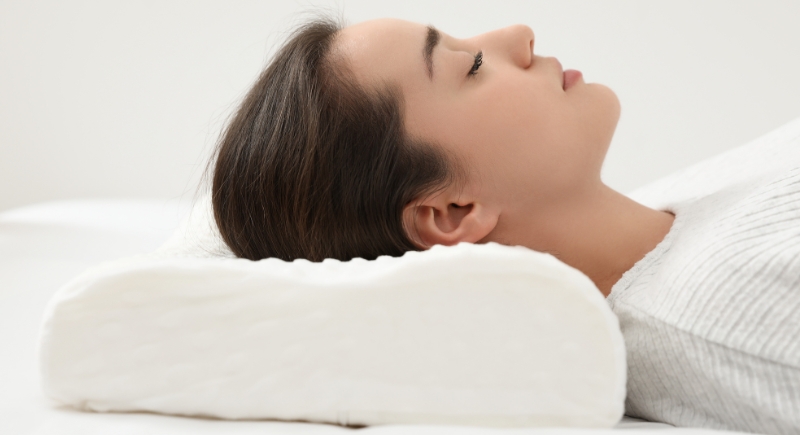
Credit: Africa Images
NASA designed polyurethane in the early 1980s to absorb liftoff forces and cradle astronauts; this temperature-sensitive material quickly adapted to life on Earth. It cushions mattresses, helmets, chairs, and more by molding perfectly to pressure points, then springing back. It’s called memory foam and has only been modified to increase its viscosity and density accordingly.
Artificial Limbs

Credit: Getty Images
Technologies from robotics and custom materials made for space missions help people walk, run, and grip again. Advancements like pressure-sensitive sensors, artificial muscle systems, and even memory foam liners all came from high-performance needs beyond Earth.
Energy-Saving Solar Panels
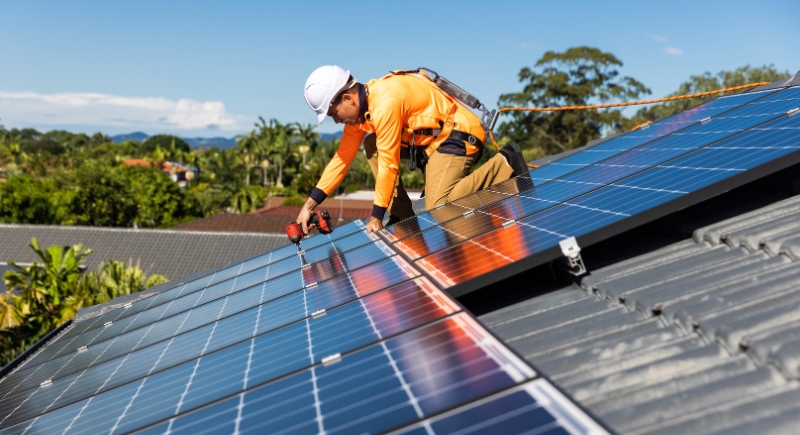
Credit: Canva
To keep lightweight drones flying at high altitudes, technicians had to rethink solar cell design. This resulted in powerful, thin, and affordable panels. Presently, the same technology powers rooftops, road signs, and gadgets all over the planet.
Enriched Baby Formula
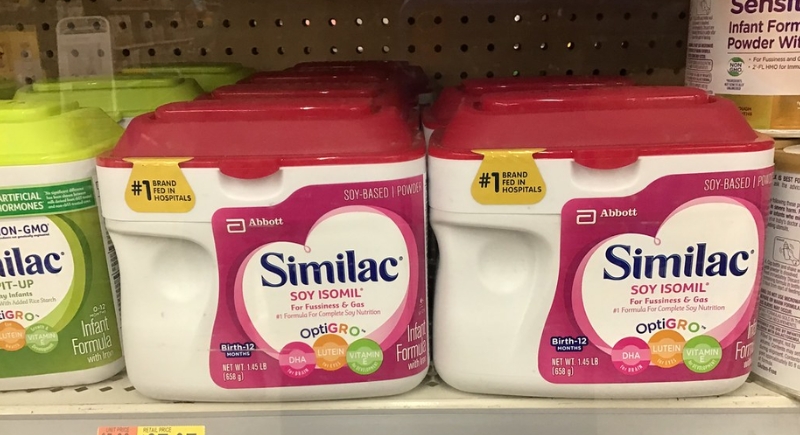
Credit: Wikimedia Commons
While researching algae for closed-loop space life support, scientists stumbled upon a strain that naturally produces DHA and ARA. These are nutrients that are key to infant brain and eye development. Those discoveries led to enriched formulas presently used around the globe.
Video Enhancing Technology

Credit: Wikimedia Commons
Blurry, unstable images from early astronomical footage led to the invention of VISAR—a tool that could stabilize and clarify video in real time. Law enforcement, the military, and even doctors now rely on this invention to sharpen crucial footage.
The DustBuster

Credit: Wikimedia Commons
To drill into lunar rock, NASA needed a cordless tool with maximum efficiency and minimal power draw. The design breakthroughs led to an unexpected handheld vacuum. Launched in 1979, the Dustbuster brought space expertise into households and made cleaning crumbs way cooler. This even landed in the Smithsonian.
Ventricular Assist Device (VAD)
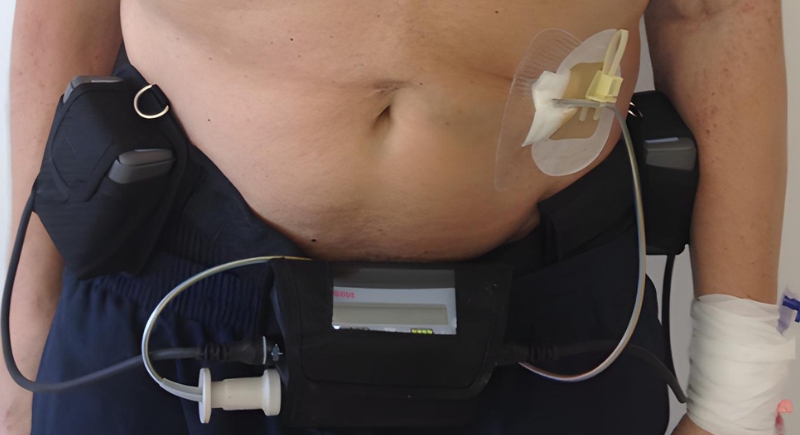
Credit: Wikimedia Commons
Keeping hearts pumping while patients wait for a transplant isn’t science fiction—it’s real, thanks to a compact blood pump designed with help from aerospace engineers. This tiny marvel keeps blood flowing for hours at a time and allows patients to go about their daily life, rather than lie in a hospital bed, waiting.
Landmine Removal Technology
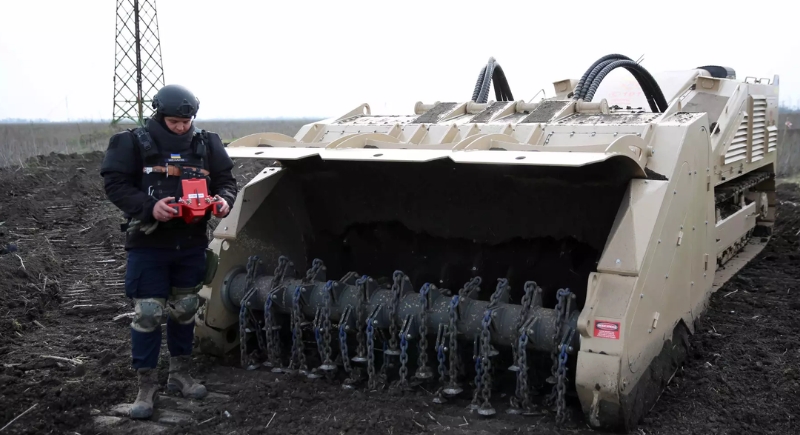
Credit: Wikimedia Commons
Surplus rocket fuel went into landmine removal. NASA designed a “Demining Device” that uses the same propellant to burn through a landmine’s casing, safely neutralizing it without detonation.
Ultrasonic Monitors

Credit: Getty Images
Initially built to test bolt tension in spacecraft, ultrasonic sensors are now helping miners, factory workers, and inspectors stay safe. These compact monitors detect metal fatigue, groundwater levels, and even structural weaknesses in bridges and buildings.
Chemical Detection Sensors
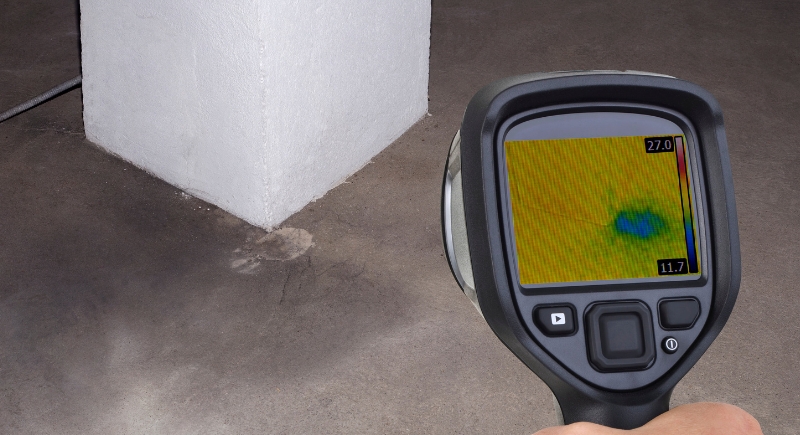
Credit: Canva
In an attempt to detect corrosive conditions inside aircraft, engineers developed fiber-optic sensors that changed color on contact with harmful substances. That same innovation today sniffs out chemical weapons and industrial toxins here on Earth.
Freeze-Dried Food

Credit: Canva
To feed astronauts without freezers, meals were cooked, flash-frozen, and then vacuum-heated to remove moisture. This resulted in lightweight, shelf-stable food that kept nutrition intact. A similar method powers camping meals, disaster relief rations, and yes, astronaut ice cream. It’s 98% nutritious, 20% the weight, and 100% weird if you’ve ever tried it.
HACCP Food Safety System

Credit: Getty Images
Crumbs in zero gravity are annoying, but foodborne illness in space is way worse. So originators teamed up with Pillsbury to create a new food safety system: Hazard Analysis and Critical Control Points (HACCP). Today, it’s the gold standard for seafood, juice, and dairy processing—and your stomach should be thankful.
Performance Shoe Insoles
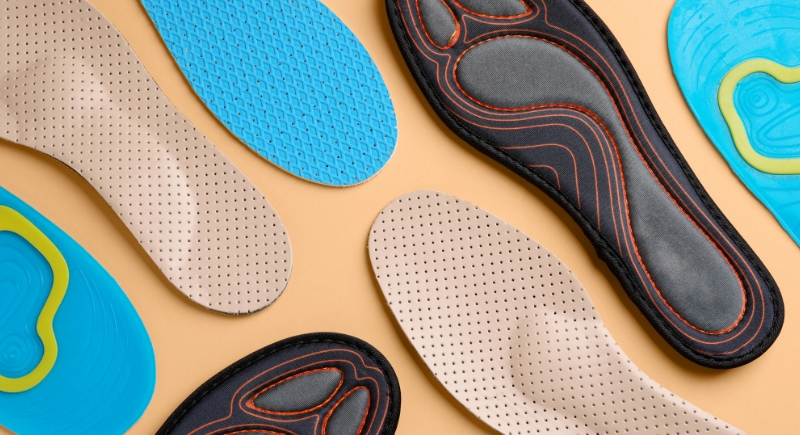
Credit: Africa Images
When Apollo boots needed extra bounce and breathability, designers created a shock-absorbing polyurethane foam. Sneaker companies caught wind of it and started padding insoles with similar materials. Now, your feet enjoy a little space-tech support every step of the way, and the bubbles return to their normal shape after the shoes are taken out.
Petroleum Remediation Product (PRP)

Credit: Wikimedia Commons
Tiny wax microballs that float on water and absorb oil sound wild, but they work. This cleanup tech uses beeswax spheres to soak up petroleum from spills without harming ecosystems. They were developed for environmental protection, but are now used globally wherever an oil slick threatens wildlife.
Water Purification System
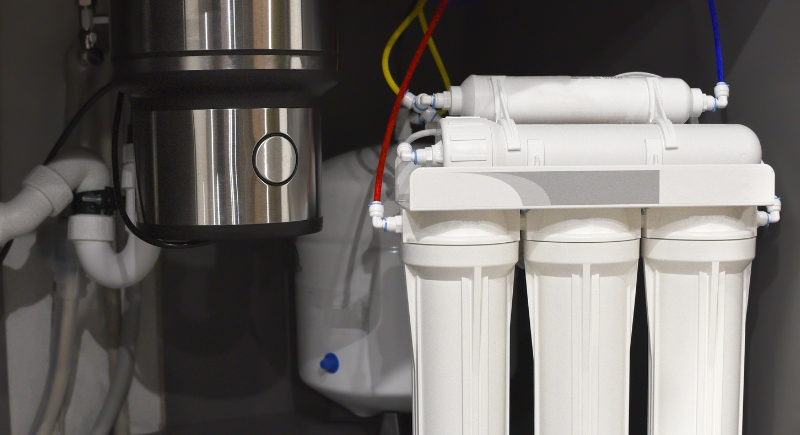
Credit: Getty Images
To make water safe aboard spacecraft, a purifier the size of a cigarette pack released silver ions to kill bacteria. This innovation is now used in portable filters worldwide. Many, including mountain hikers and people in disaster zones, are sipping clean water with a little help from orbital science.
LED Lighting
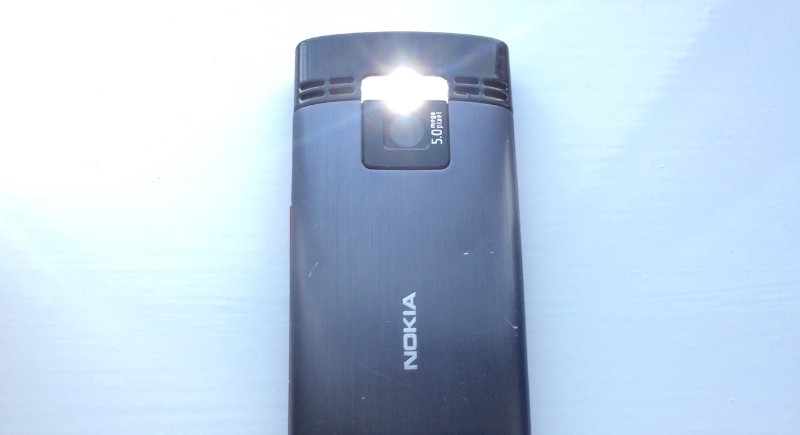
Credit: Wikipedia
Low-power, high-intensity LEDs were refined to help astronauts grow plants and treat wounds in space. The research didn’t stay up there. It now powers everything from your phone’s flashlight to Christmas lights, while cutting your energy bill. Some home lighting systems even mimic space-tested circadian rhythm patterns.
Image Processing Techniques
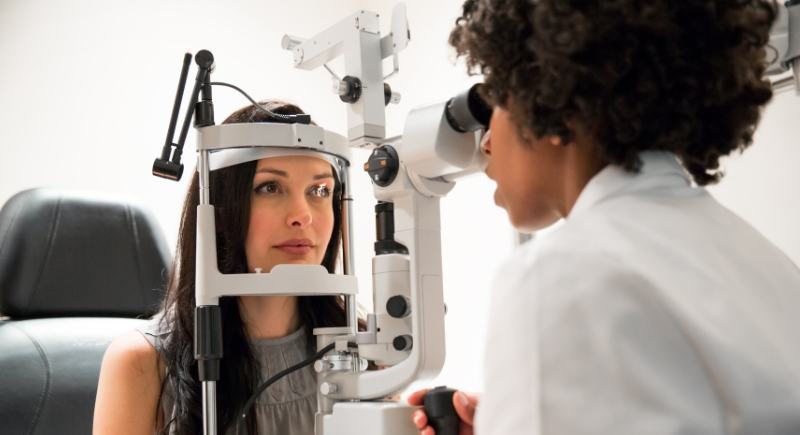
Credit: Getty Images
Software once used to enhance images from deep space telescopes now helps detect eye conditions in minutes. The same algorithms that spotted distant galaxies can now map your vision in a quick clinic visit. Thanks to some pixel-tweaking genius, your optometrist gets a clearer view without shining a million lights in your face.
Scratch-Resistant Coatings
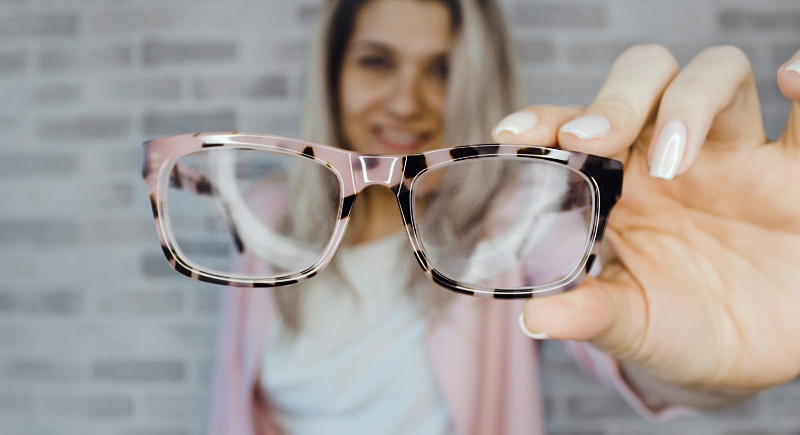
Credit: pexels
Astronaut helmet visors took a beating from micrometeoroids and dust, so builders developed a plastic coating ten times more scratch-resistant than previous versions. That coating now protects sunglasses, safety glasses, and even prescription lenses from life’s little accidents—like dropping them lens-first onto the sidewalk.
Embedded Web Technology (EWT)
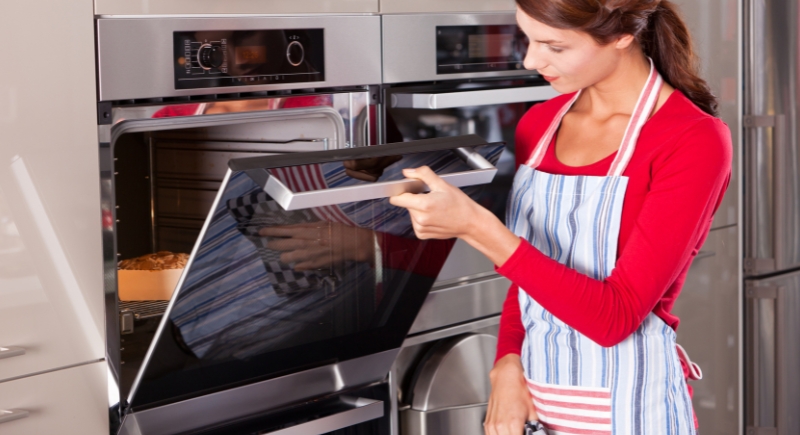
Credit: Getty Images
A software was created to control devices over the internet to let astronauts monitor experiments from anywhere aboard the space station. That idea currently powers smart thermostats, ovens, locks, and pet cams. When you check your porch camera from work, you’re tapping into the same brains that kept labs running in orbit.
Mylar
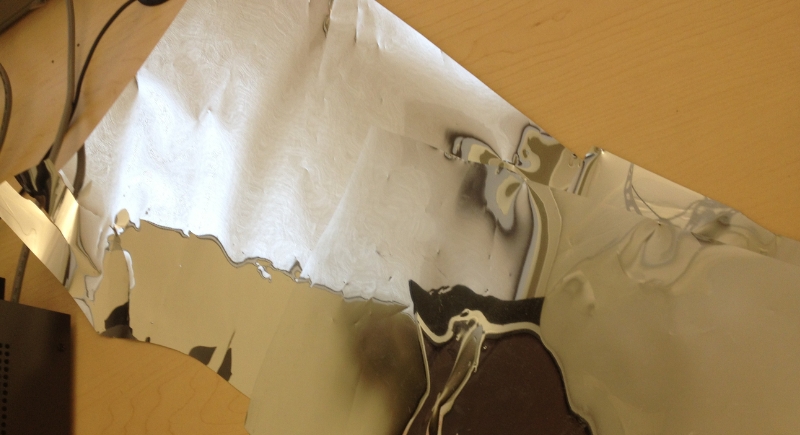
Credit: Wikimedia Commons
Mylar was originally developed for a satellite experiment called Project Echo. This shiny polyester film reflects heat and radiation like a champ. Now it’s everywhere—birthday balloons, food wrappers, emergency blankets. It’s light, strong, and tough enough to wrap space tech or a Pop-Tart.
Satellites

Credit: Wikimedia Commons
Weather forecasts, GPS directions, FaceTime calls, and even Snapchat filters rely on the hundreds of satellites orbiting Earth. Without them, you’d be lost—literally, and probably still buffering that YouTube video.
Wireless Headsets

Credit: Canva
After a splashdown mishap left an astronaut unable to communicate, engineers helped improve a lightweight, cordless headset design. That tech laid the groundwork for wireless communication used in mobile headsets today. Your Bluetooth buds owe their roots to one soggy space capsule.
Camera Phones
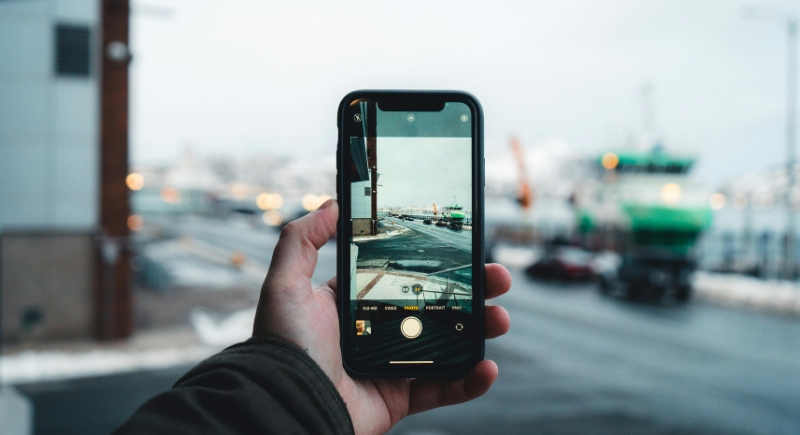
Credit: pexels
To capture sharp images in tight spacecraft, a NASA engineer refined the CMOS sensor to be small, efficient, and perfect for compact electronics. Today, the same sensor is in billions of phones worldwide, snapping selfies, TikToks, and cats in boxes.
Cloud Computing Platform

Credit: Getty Images
When massive amounts of data needed to be shared between missions and labs, engineers helped build one of the first open-source cloud platforms: OpenStack. It split storage and computing power across systems. Today, it’s used by big brands and researchers alike.